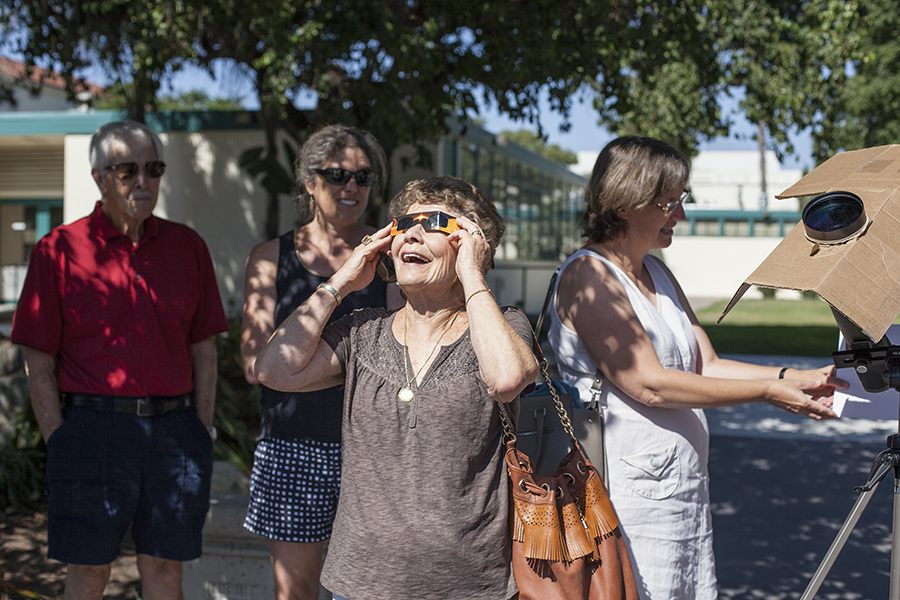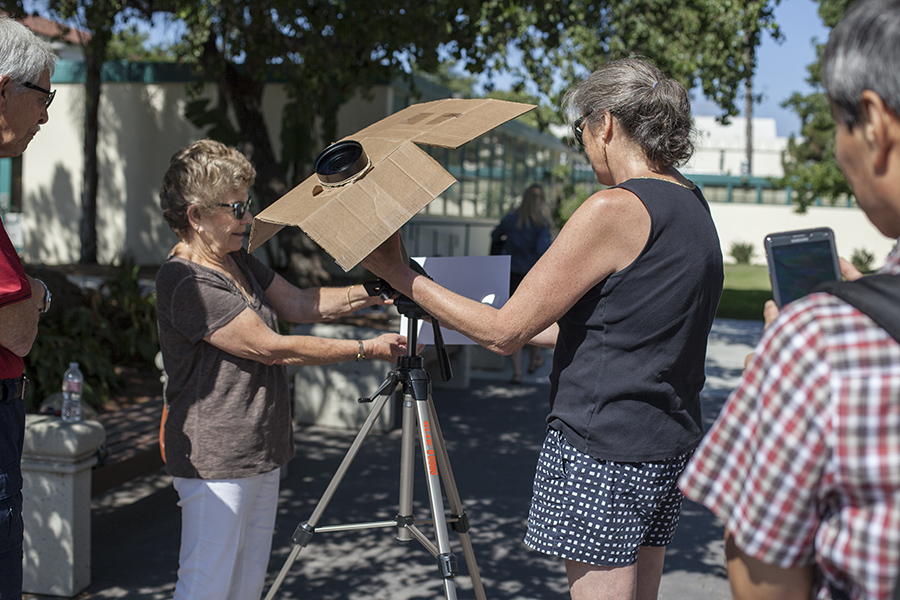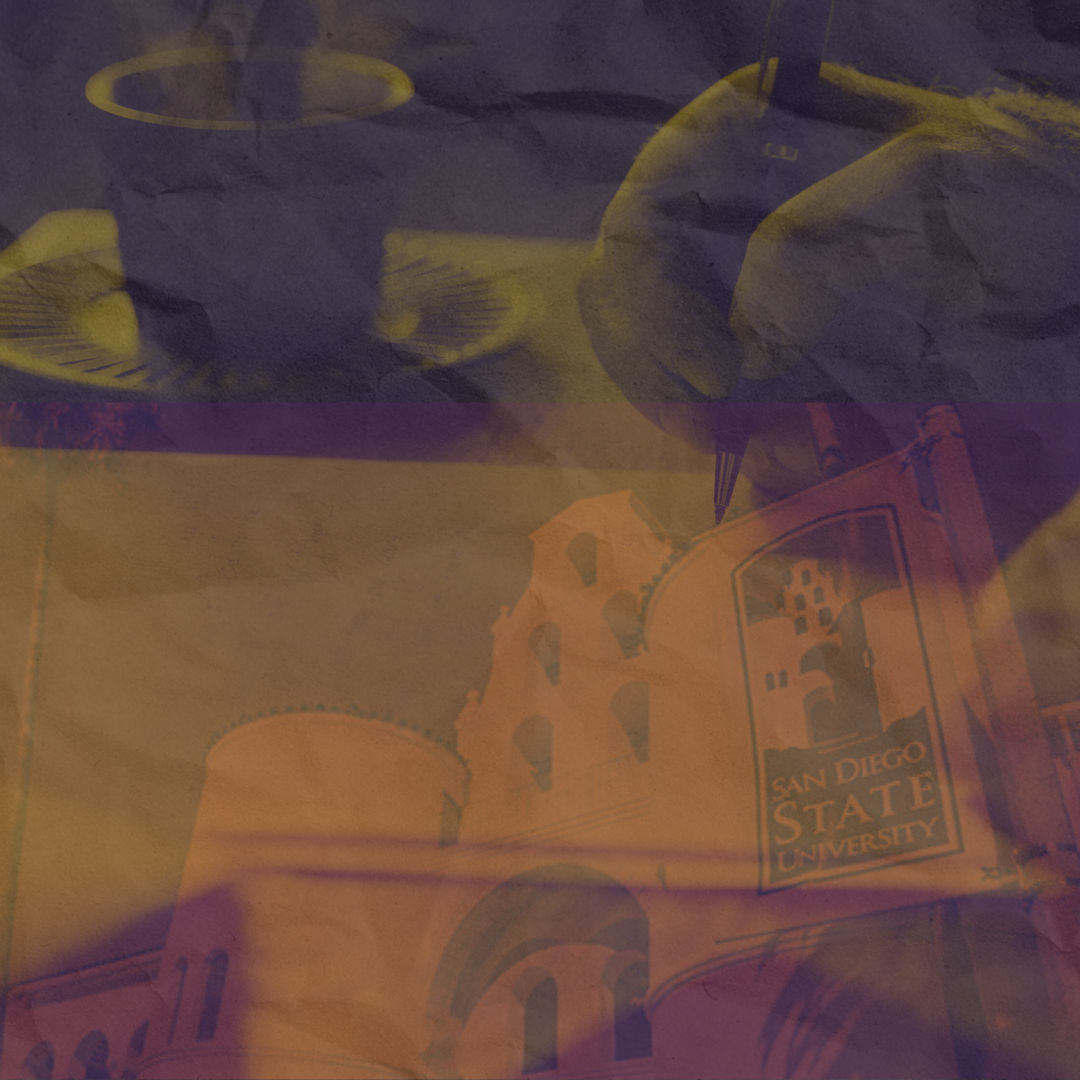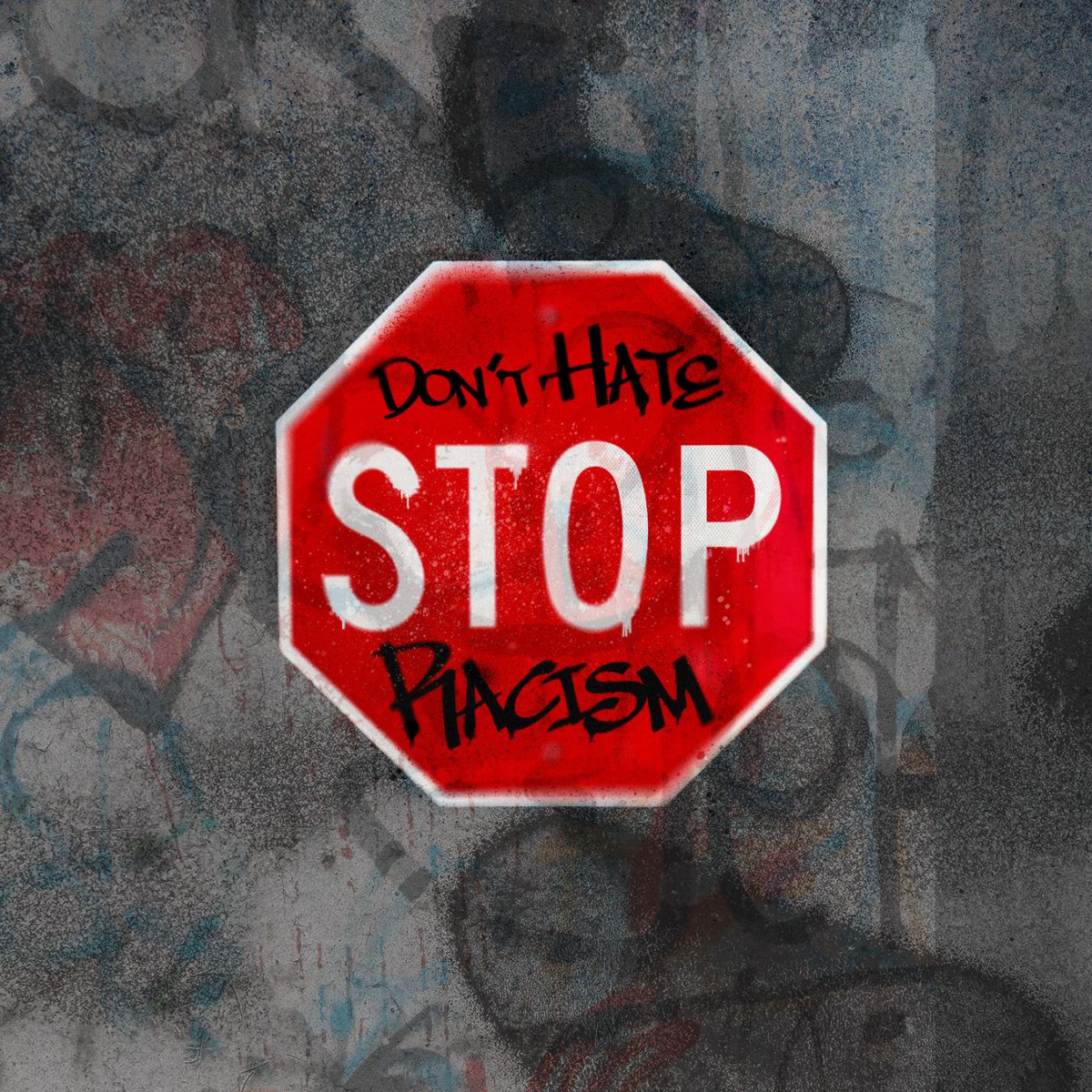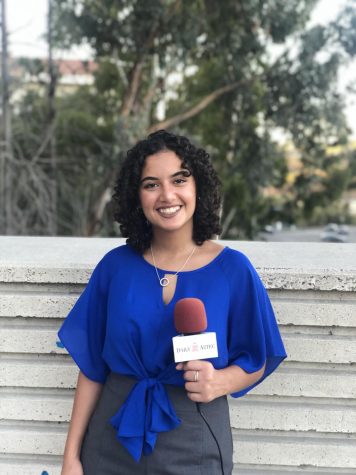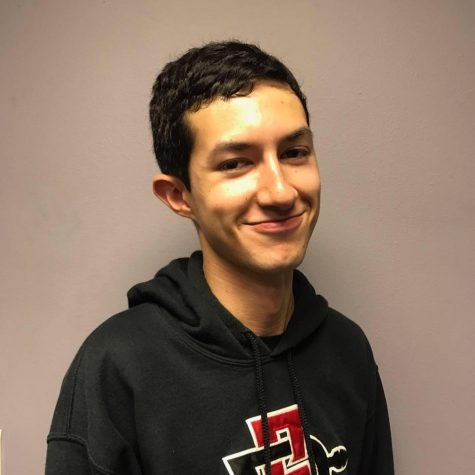People from all over the country stopped what they were doing Monday morning and stepped outside to bask in the shadow of the moon during the first solar eclipse visible from the contiguous United States since 1979.
The last time a total eclipse could be seen from the U.S., Jimmy Carter was in the White House. And the last time one could be seen across such a large swath of the country, World War I was still raging in Europe.
Along a thin strip of land stretching from Oregon to South Carolina, the sun was completely blocked by the moon for about two minutes, San Diego State astronomy professor Eric Sandquist said. At least a partial eclipse was able to seen across much of the country, including Southern California.
While only about 57 percent of the sun was covered in San Diego, locals were just as mesmerized by the solar phenomenon.
There were dozens of planned viewing parties throughout the county, and many more unplanned ones as well, including at SDSU. Many people working on campus took a break from whatever they were doing as the moon eclipsed the sun between around 9 a.m. and 11 a.m. Monday.
Computer science professor Marie Roch brought a spotting scope – used for terrestrial object observation and distinct from a telescope – to campus to allow her family to view the eclipse. She hadn’t planned on creating a gathering, but an impromptu watch party formed around her scope.
“It’s not something that everybody gets to see and it’s a really nice opportunity for people to kind of learn how things work and get interested in science,” she said. “Everybody gathered around and that’s fine.”
Eclipse viewers donned special viewing glasses and goggles to safely watch the eclipse without causing eye damage.
“I think it’s a really cool event,” said Brooke Cipolla, who is not a university employee, but was working on campus as an auditor at the time of the eclipse.
“It’s just nice to see everyone in the world come together for this event given what’s happening in the world right now, and that they can be at peace with one another.”
Stephanie Kearny, assistant administrative coordinator for the SDSU College of Education, and psychology senior Dalia Loera were working together at the College of Education when another staff member invited them outside to watch the spectacle.
“We only expected it to be a handful of people, but it’s really cool,” Loera said.
Laura Cervini, a staff facilities coordinator, said she enjoys viewing eclipses, but she’s often the only one interested. This time, that wasn’t the case.
“Last year when I came out for an eclipse, there was no one around,” Cervini said. “But I think this one got a lot of press because it was such a major eclipse across the country.
Monday was the last opportunity to view a total eclipse in the U.S. for the next seven years – the next one will be on April 8, 2024.





